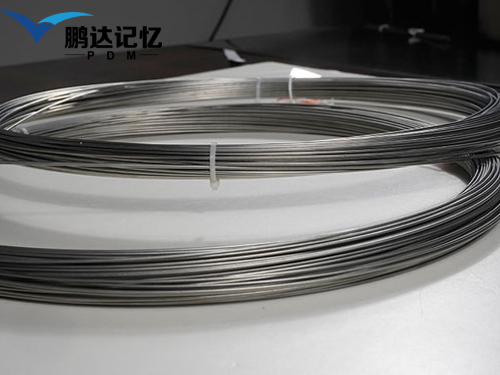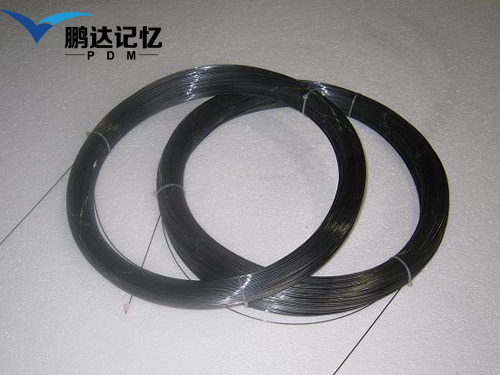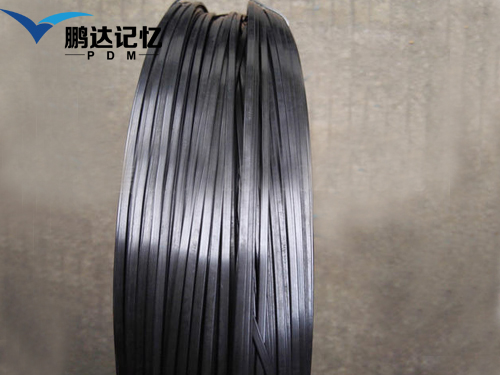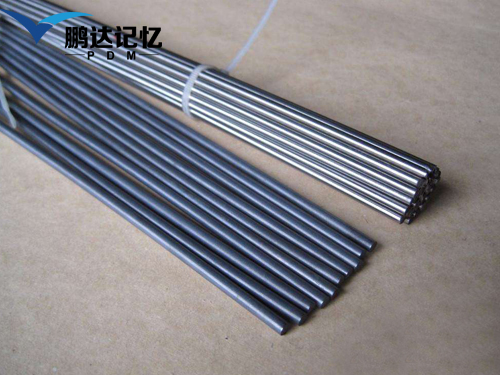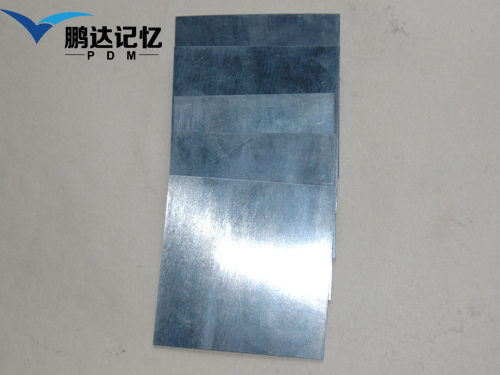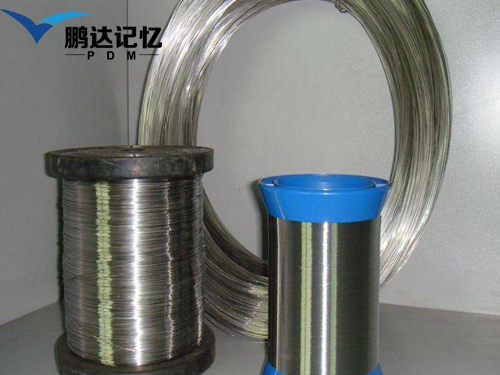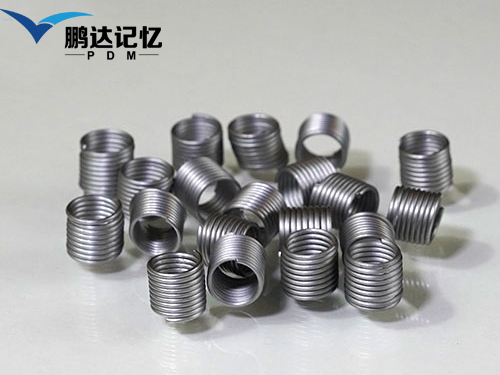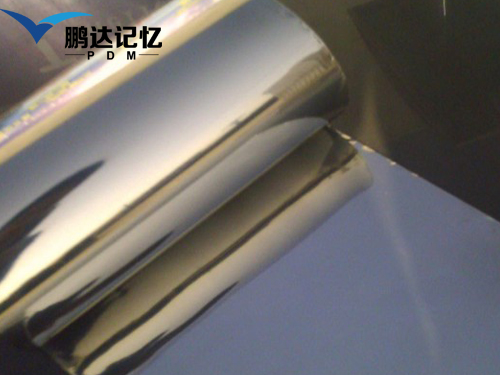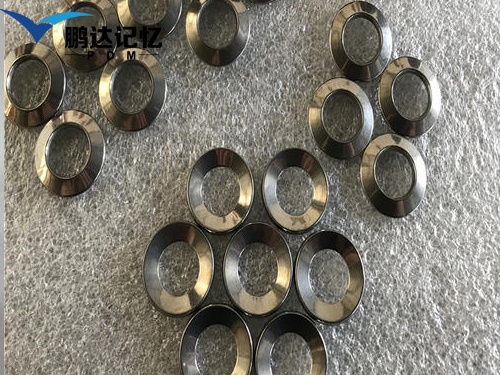Application of memory alloy in aerospace technology
The most exciting application of memory alloys is aerospace technology. On July 20, 1969, Apollo 11 lunar module landed on the moon, realizing the dream of the first landing on the moon. After landing on the moon, astronauts put a hemispherical antenna with a diameter of several meters on the moon to send and receive messages to the earth. A few meters of mast is carried into space in the moon's tiny modules. The antenna is made of a newly invented memory alloy. A very thin memory alloy can be made under expected normal conditions, then cooled, crushed into a sphere, loaded into a lunar module and launched into space. When placed on the surface of the moon, the temperature rises in the sun, and when the transition temperature is reached, the antenna "remembers" itself and becomes a huge hemispherical shape.
More uses
Shape memory effect and hyperelasticity have been widely used in various fields of medicine and life. Such as manufacturing thrombus filter, spinal orthopedic rod, bone plate, artificial joint, female bra, artificial heart, etc. It can also be widely used in various automatic adjustment and control equipment. Shape memory membranes and filaments may be ideal materials for future miniature manipulators and robots. In particular, its light weight, high strength and corrosion resistance make it widely popular in all fields.
The nickel titanium alloy with the shape of "ice" was accidentally pulled out and then immersed in hot water for immediate reduction.
The shape of the semi formed NiTi alloy can be permanently retained by slow forging at 400 ℃ and burning for 10 minutes (in this case, in the form of high temperature phase value field ferrite austenite).
The main reason is that during the slow crystallization heating process, each metal atom has enough time to fill each gap. When its arrangement is the most compact, the real name of the alloy is memory alloy. If the shape memory alloy is deformed due to any external factors (the structure that can be deformed at will is called martensite), that is to say, it will produce crystalline voids, which can be filled by heating slightly above the transformation temperature, that is, the process of restoring the original state is called "shape memory".

 current location:
current location: